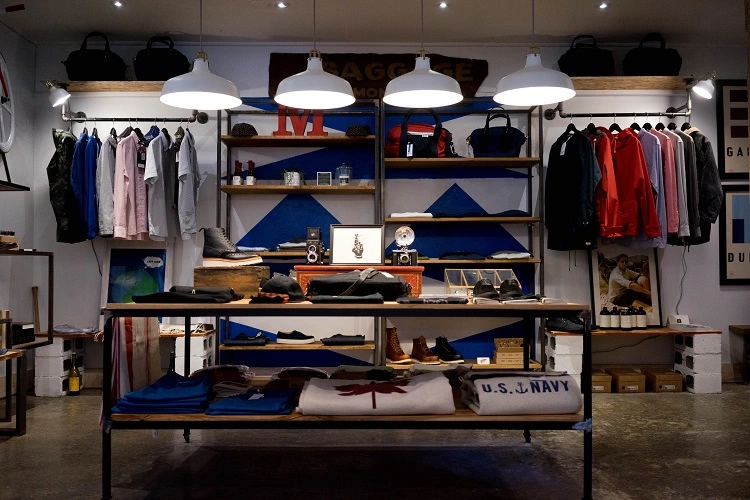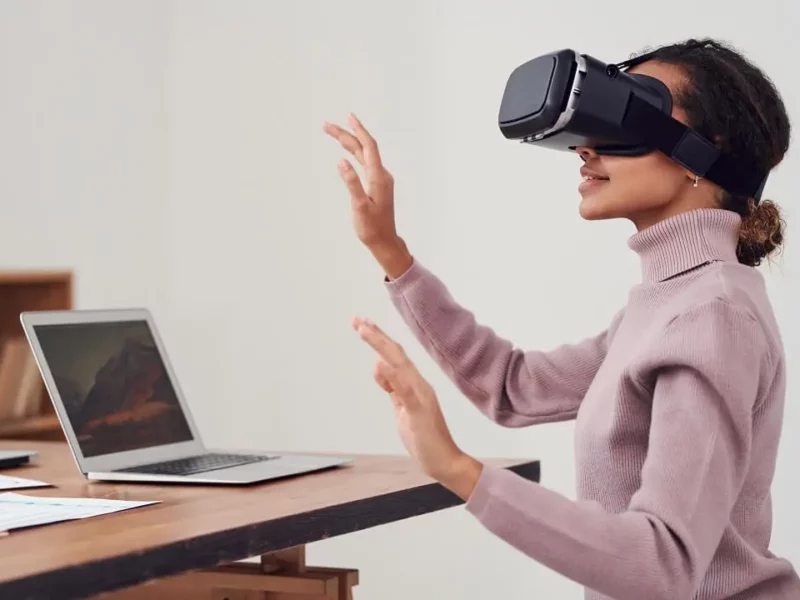In today’s digital age, e-commerce has revolutionized the way we shop, especially in the fashion industry. With just a few clicks, shoppers can browse through hundreds of fashion items, compare prices and styles, and make purchases online, all from the comfort of their own homes. However, with so many fashion e-commerce websites out there, it’s important for retailers to stand out from the competition. One way to do that is through effective UX (user experience) design.
What is UX Design?
UX design is the process of designing digital products, such as websites or apps, that are user-friendly and easy to navigate. It involves understanding the user’s needs and creating a seamless experience that helps them achieve their goals quickly and easily. In the context of fashion e-commerce websites, this means designing an interface that makes it easy for customers to find what they’re looking for and make a purchase.
Why is UX Design Important for Fashion E-Commerce Websites?
1. Better Conversion Rates
One of the primary benefits of UX design for fashion e-commerce websites is increased conversion rates. When a website is easy to use and navigate, customers are more likely to make a purchase. According to a study by Baymard Institute, e-commerce websites have an average cart abandonment rate of 69.57%. This means that almost 70% of customers who add items to their cart do not complete the checkout process. By improving the UX design of a website, retailers can reduce cart abandonment rates and increase their conversion rates.
2. Increased Customer Loyalty
Another benefit of UX design for fashion e-commerce websites is increased customer loyalty. When customers have a positive experience on a website, they are more likely to return in the future. This can lead to increased sales and revenue for retailers. According to a study by Adobe, returning customers are responsible for 40% of e-commerce revenue.
3. Better Brand Perception
A well-designed website can also help improve a brand’s perception in the eyes of customers. When customers have a positive experience on a website, they are more likely to view the brand in a positive light. This can lead to increased brand loyalty and word-of-mouth marketing.
4. Improved Search Functionality
Effective UX design can also improve the search functionality on fashion e-commerce websites. When customers are looking for a specific product, a well-designed search bar can help them find it quickly and easily. This can lead to increased customer satisfaction and improved conversion rates.
5. Reduced Customer Service Requests
By providing a user-friendly interface, retailers can also reduce the number of customer service requests they receive. When customers can find what they’re looking for on their own, they are less likely to reach out to customer service for help. This can lead to reduced costs for retailers and increased customer satisfaction.
6. Increased Mobile Compatibility
In today’s mobile-first world, it’s important for fashion e-commerce websites to be mobile-friendly. Effective UX design can help ensure that a website is easy to use and navigate on a mobile device. This can lead to increased mobile sales and improved customer satisfaction.
7. Competitive Advantage
Finally, effective UX design can provide a competitive advantage in the fashion e-commerce industry. By providing a superior user experience, retailers can differentiate themselves from the competition and attract more customers. This can lead to increased sales and revenue over time.
Overall, effective UX design is critical for fashion e-commerce websites to succeed in today’s competitive marketplace. It can improve conversion rates, increase customer loyalty, and provide a competitive advantage over the competition.
Latest Statistics on UX Design in Fashion E-Commerce Websites
- According to a study by Shopify, the average conversion rate for fashion e-commerce websites is 1.6%.
- A study by Baymard Institute found that 58.6% of e-commerce websites have a “poor” or “fair” checkout design.
- According to a survey by BigCommerce, 96% of Americans have made an online purchase in their lifetime, and 80% have made an online purchase in the past month.
- A study by Google found that 53% of mobile users will leave a website if it takes longer than three seconds to load. This highlights the importance of optimizing website speed for mobile users.
- According to a survey by SaleCycle, 75.6% of fashion e-commerce shoppers abandon their carts due to unexpected costs, such as shipping or taxes. This emphasizes the need for transparency in pricing and clear communication about additional costs.
Conclusion
In conclusion, UX design is crucial for fashion e-commerce websites to stand out in a crowded online marketplace. By designing an interface that is easy to use and navigate, retailers can improve their conversion rates, increase customer loyalty, and improve their brand perception. The latest statistics show that there is significant room for improvement in the checkout process of fashion e-commerce websites, highlighting the importance of effective UX design.



